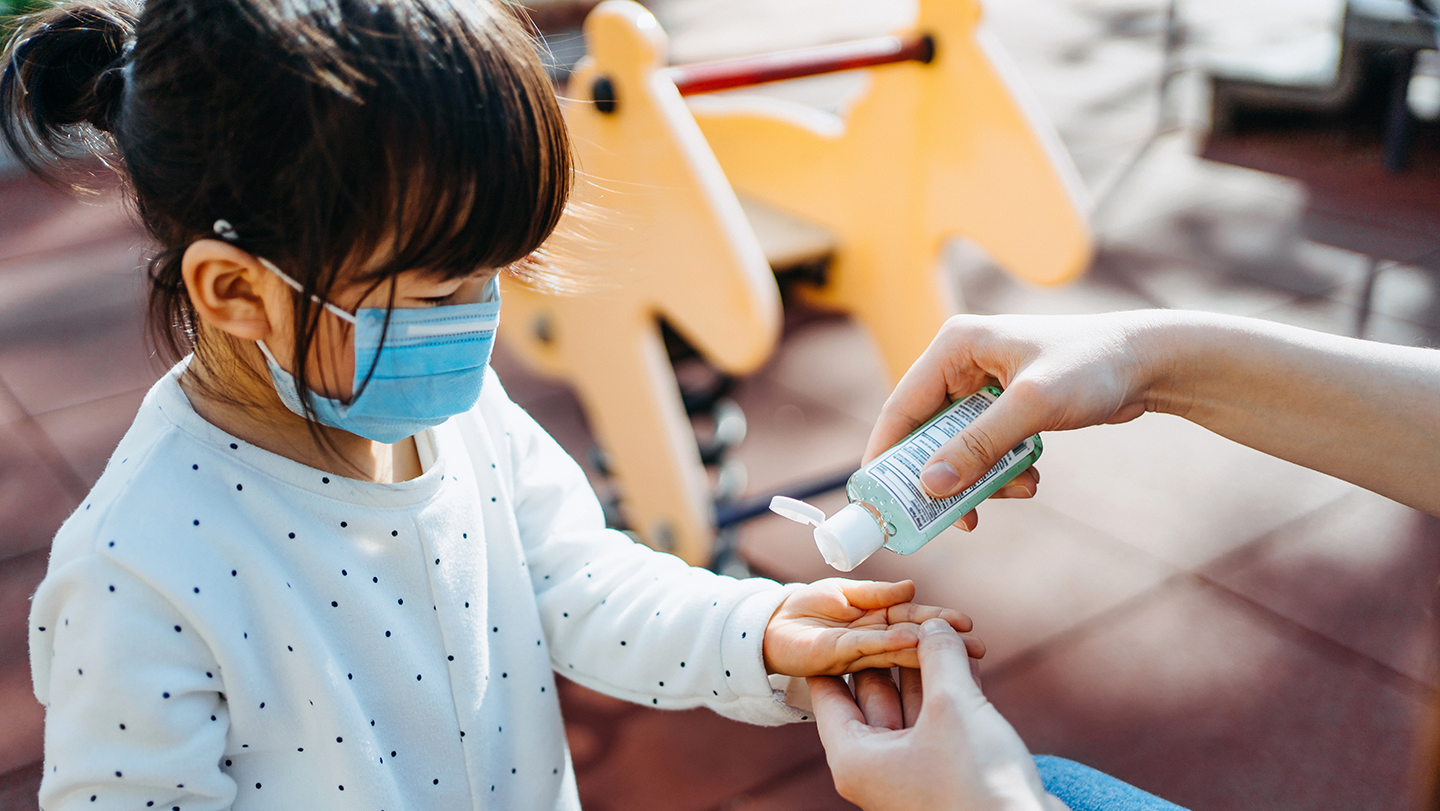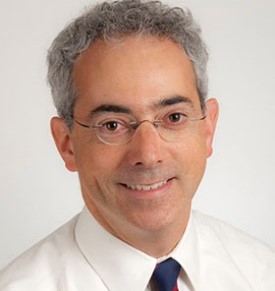ElsevierHealthcareSeries

The decision about whether to re-open schools in the context of this COVID-19 pandemic is an incredibly complicated, emotional, and multifaceted one. Surely, at its heart the decision must be based on risk tolerance. But whose risk is the primary one to consider in that equation? Is it the teacher with high risk conditions? Or is it the grandparent who visits frequently with their school-age grandchild? Or is it the child, who may not get extremely ill with the acute viral infection, but may develop MIS-C, or one of the myriad constellations of prolonged inflammatory symptoms that seem to complicate the post-COVID course?
But what about the risk of not being in school? Will children spend unstructured time socially distancing? Will the dramatic increase in psychiatric admissions and complications continue to skyrocket in the absence of structured social interactions? Will parents be able to keep their jobs and continue to progress their promotion ladders with children freely roaming the house all day every day? How many kids in the school depend upon school attendance to get one or even two of their meals per day? What is the background rate of infection in the school community? The answers to these questions are different for different families, communities, and schools, and fundamentally, they must be the starting point for any consideration of return to school.
I am the Medical Director of the Medical ICU at Boston Children’s Hospital, caring for some of our patients with COVID disease and/or MIS-C, and the Co-Medical Director of the Biocontainment Team helping the hospital cope and evolve as a system. I have been in conversation with elementary high schools, colleges and graduate schools in the Boston area, and can attest to the complex and emotionally grueling decisions facing heads of schools. Current policies and infection rates in Massachusetts are such that returning to school is, in fact, a possibility that can be considered. In certain areas of the country those factors prohibit current conversations about return. For schools that have opted to initiate an in-school program, they have all been successfully able to complete the following key stipulations:
Construct a safety and behavior contract for the entire community both in and out of school, including students, teachers as well as their families. The most important component of this contract is that children and teachers with COVID symptoms should stay home.
Sort out the physical layout of classrooms such that students are consistently seated at least 6 feet from the next student and retaining maps of each classroom for each class in order to enable contact tracing in the event of a positive student or teacher.
Set up expectations that students and teachers wear masks at all times and at all ages down to kindergarten. Eye protection (goggles or faceshield) must be available for close contact or for teachers or students in particularly high-risk categories that have nevertheless chosen to be in school.
Establish highly structured lunch and snack environments which ensure 6-foot distancing during all times when masks are off for eating. This may need to be accomplished by using unusual locations for meals, as well as eating outside or in tents.
Manage arrival and departure times and locations in order to best reduce the person density in any particular location.
Set up tents on school grounds that allow for enhanced ventilation. Important features of those tents include keeping any vertical panels to an absolute minimum, in order to maximize air circulation. Even within the tents, it remains important to keep masks on unless eating.
Even in a local environment with low COVID prevalence, it is highly likely that there will eventually be a COVID-positive person or people in a school, and it is moderately likely that schools may need to be shuttered yet again in favor of online learning. The only certainty is change. We’re all in this together, and together we will strive to remain safe, healthy, and kind.

Division Chief, Medical Critical Care; Director, Medical Intensive Care Unit and Intermediate Care Program
His additional credentials include Co-Medical Director, Biocontainment Team, Boston Children’s Hospital; Associate Professor of Pediatrics , Harvard Medical School
Cookies são usados neste site. Para recusar ou saber mais, visite nosso página de cookies.
Copyright © 2024 Elsevier, its licensors, and contributors. All rights are reserved, including those for text and data mining, AI training, and similar technologies.